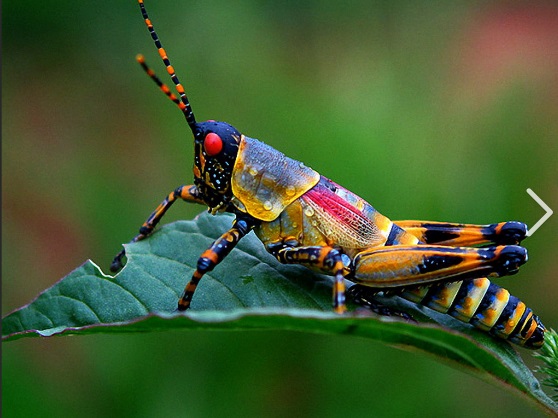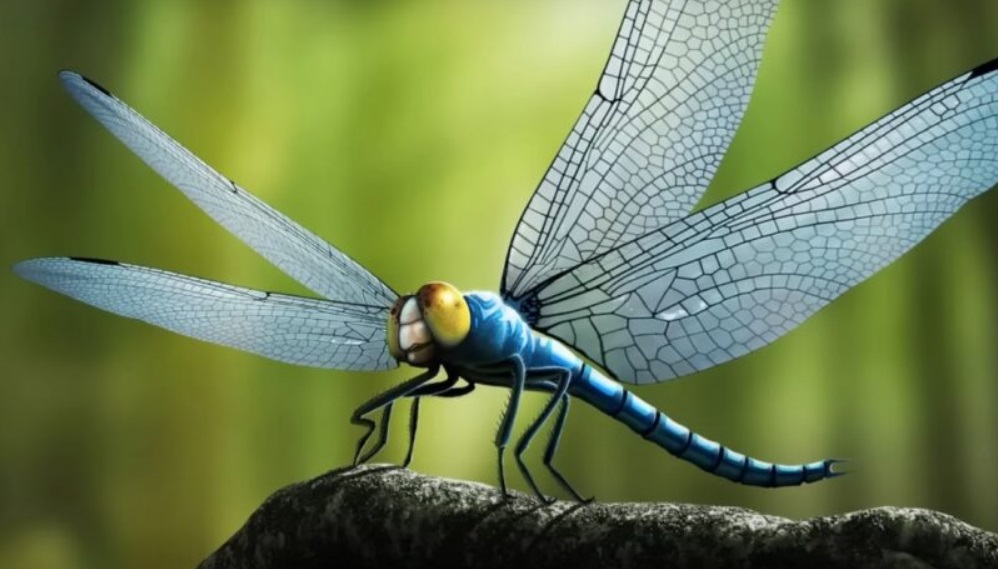
· The evolutionary journey of insects is a fascinating one, with a rich fossil record that allows us to trace their development over millions of years.
· The first insects appeared on Earth over 400 million years ago, and they have since diversified into an incredible array of over 1 million species.
· Insects have adapted to a wide range of habitats and lifestyles, and they play an essential role in the Earth's ecosystems.
· The study of insect evolution can help us to understand the history of life on Earth, and it can also provide insights into the future of our planet.
The first insects
The first insects appeared on Earth during the Silurian period, over 400 million years ago. These early insects were wingless and simple in appearance, but they quickly diversified into a wide range of forms.
One of the most important evolutionary developments in the history of insects was the development of wings. Wings allowed insects to fly, which opened up new habitats and food sources. This led to a rapid radiation of insects, and by the end of the Permian period, over 200 families of insects had already evolved.
The diversification of insects
Insects have diversified into an incredible array of over 1 million species. They occupy a wide range of habitats, from the frozen tundra to the tropical rainforest. They feed on a variety of foods, including plants, animals, and even other insects.
Some of the most common and familiar insects include beetles, flies, butterflies, moths, bees, wasps, ants, and termites. These insects play an essential role in the Earth's ecosystems. They pollinate plants, decompose organic matter, and control pests.
The future of insects
The study of insect evolution can help us to understand the history of life on Earth, and it can also provide insights into the future of our planet.
For example, the study of insect fossils can help us to understand how insects have responded to past climate change. This information can be used to predict how insects might respond to future climate change.
The study of insect evolution can also help us to develop new ways to control insect pests. This is important because insect pests cause billions of dollars in damage to crops and livestock each year.

Conclusion
The evolutionary journey of insects is a fascinating one. Insects have adapted to a wide range of habitats and lifestyles, and they play an essential role in the Earth's ecosystems. The study of insect evolution can help us to understand the history of life on Earth, and it can also provide insights into the future of our planet.
Specific details from the text:
· The first insects appeared on Earth over 400 million years ago.
· Insects have diversified into over 1 million species.
· Insects occupy a wide range of habitats and feed on a variety of foods.
· Insects play an essential role in the Earth's ecosystems.
· The study of insect evolution can help us to understand the history of life on Earth and the future of our planet.


You must be logged in to post a comment.